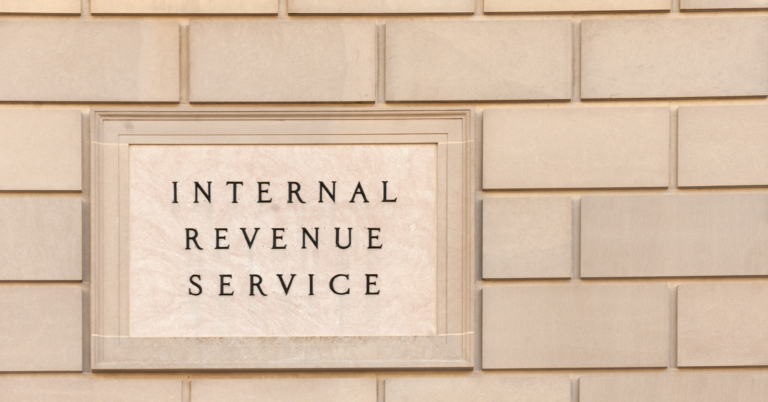
Government Shutdowns, the IRS, and the Automated State
Each year the Internal Revenue Service receives more than 160 million individual and business tax returns, far more than its current 75,000 employees can manually process. As a result, the agency relies heavily on automation. Computers are constantly poring over returns, churning out refund checks and collection notices as well as threats to levy and seize property.
An Unresponsive, Automated State
Americans got a taste of how unresponsive this automated state could be during the last federal shutdown in 2019 when much of the IRS’s collection efforts continued on autopilot while its human-based appeals process was suspended. This made it possible for the IRS to accuse a filer of underpayment while giving them no avenue for appeal. Since no one knew when the shutdown would end and interest accrued on both the alleged underpayment and penalty there was a strong incentive to simply accede to IRS demands. Even if a filer was determined to challenge a decision, because IRS website was frequently offline and employees furloughed, it made it difficult to access documents and services.
During the current shutdown, the IRS intends to keep all its employees on the job – at least until tomorrow. After that, it is uncertain what will occur. To pay their salaries the Treasury Department plans to tap into unspent IRS funding from 2022’s Inflation Reduction Act.
Tax Complexity: The Root of the Problem
As anyone who has ever filled out a 1040 form can attest, the complex and convoluted nature of the existing federal tax system makes it easy to make a mistake and difficult to know what the law says. The underlying statute that governs federal tax law (Title 26 of the US Code) is thousands of pages long and more than a million words in length. According to the Tax Foundation, Americans spend over 7 billion hours annually – equivalent to the labor of 3.4 million full-time workers – filling out paperwork and otherwise complying with the federal tax system. These costs total about 1.8 percent of GDP annually.
It does not have to be this way. Tax reformers have developed serious plans that would radically reform the existing tax code, greatly reducing the complexity and costs associated with it. The flat tax proposal by Stanford professors Robert Hall and Alvin Rabushka, for example, would replace the more than 800 existing IRS forms with just two postcard-sized tax forms, one for individuals and another for businesses. Among the advantages of their plan is that it isn’t filled with loopholes and carveouts. Instead, income is taxed comprehensively as a single low rate, reducing both opportunities to make mistakes and ambiguity from the law. What citizens owe the government is calculated clearly and concisely. Gone would be protracted conflicts between taxpayers and the IRS over gray areas in the law that often end up in tax court. In addition to making paying taxes a lot less stressful, their plan would shrink the costs of the tax system and encourage economic growth.
The flat tax is far from the only reform plan that would make Tax Day less stressful and boost economic performance. The so-called X-tax created by the late Princeton economist David Bradford, would also do this. Indeed, relatively modest changes to the Working Families Tax Cuts legislation signed into law by President Trump on July 4 could serve as a vehicle for moving the country in this direction.
© 2025 AMERICANS FOR PROSPERITY. ALL RIGHTS RESERVED. | PRIVACY POLICY
Receive email alerts to learn how to get involved